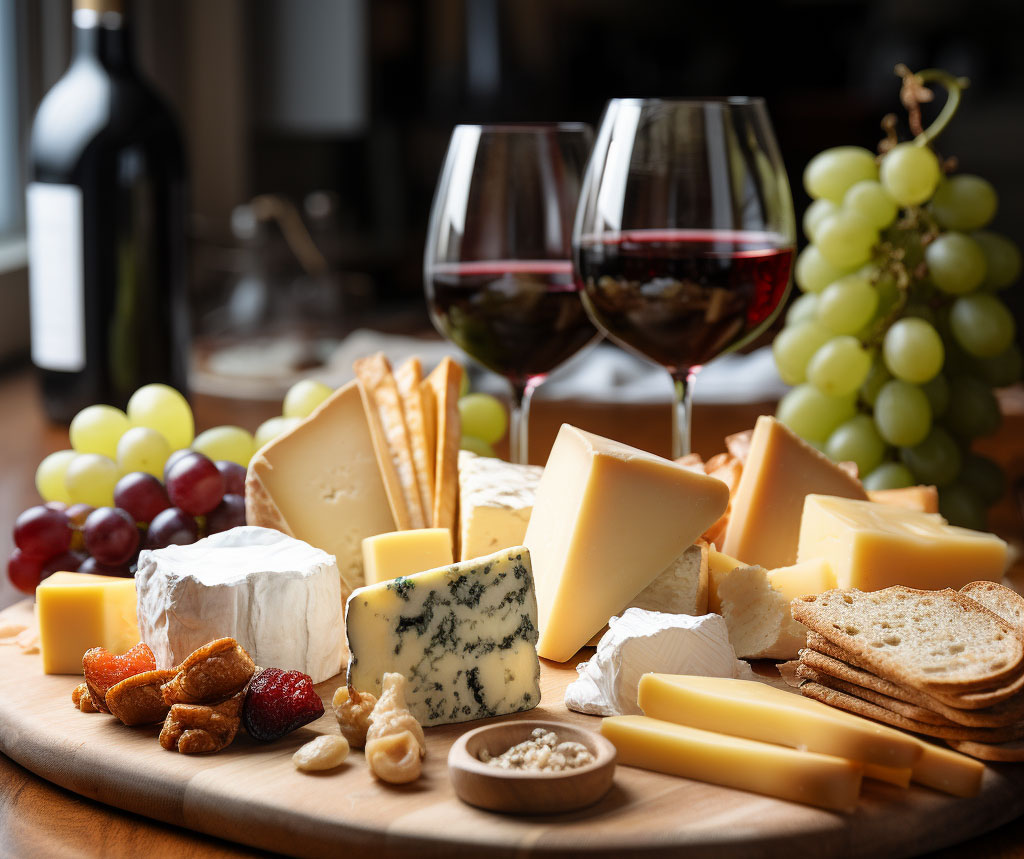The Perfect Meal Pairings: Food and Drink Combinations
Creating the perfect meal involves more than just choosing the right ingredients; it requires thoughtful pairing of food and drink. The art of pairing enhances flavors, balances textures, and elevates the dining experience.
This article explores the principles of meal pairings, offering insights into how to match various dishes with complementary beverages.
Whether you're hosting a dinner party or simply looking to enhance your everyday meals, understanding these combinations can transform your culinary experiences.
The Science of Pairing: Understanding Flavor Profiles
Complementary and Contrasting Flavors
The key to successful meal pairing lies in understanding the basic principles of taste: sweet, sour, salty, bitter, and umami. Complementary pairings match similar flavors to enhance the overall taste, such as a rich chocolate dessert with a sweet, robust port wine. Contrasting pairings, on the other hand, balance differing flavors to create a more dynamic and interesting experience, such as spicy cuisine with a refreshing, sweet beverage.
Texture and Body
Beyond taste, texture and body play crucial roles in pairing. The body of a drink—its weight and mouthfeel—should align with the dish it accompanies. For example, a full-bodied red wine complements hearty meats like steak, while a light, crisp white wine is better suited to delicate seafood dishes. Similarly, the carbonation in sparkling wines and beers can cleanse the palate, making them ideal for rich and creamy dishes.
Classic Pairings: Timeless Combinations That Never Fail
Wine and Cheese
 One of the most celebrated pairings, wine and cheese, showcases how acidity, fat, and sweetness can interact. Hard cheeses like Parmesan pair well with full-bodied reds, while soft cheeses like Brie are complemented by sparkling wines or light, fruity whites. The acidity in the wine cuts through the richness of the cheese, creating a balanced and harmonious experience.
One of the most celebrated pairings, wine and cheese, showcases how acidity, fat, and sweetness can interact. Hard cheeses like Parmesan pair well with full-bodied reds, while soft cheeses like Brie are complemented by sparkling wines or light, fruity whites. The acidity in the wine cuts through the richness of the cheese, creating a balanced and harmonious experience.
Steak and Red Wine
 The pairing of steak and red wine is a classic for a reason. The tannins in red wine, especially those in Cabernet Sauvignon or Malbec, complement the rich, fatty flavors of a well-cooked steak.
The pairing of steak and red wine is a classic for a reason. The tannins in red wine, especially those in Cabernet Sauvignon or Malbec, complement the rich, fatty flavors of a well-cooked steak.
The wine's acidity cuts through the fat, enhancing the meat's flavor and providing a more complex taste sensation.
Seafood and White Wine
Seafood, with its delicate flavors, is best paired with lighter beverages that won't overpower the dish. White wines like Sauvignon Blanc or Chardonnay are ideal, as their acidity complements the briny sweetness of seafood. Additionally, the citrus and mineral notes in these wines can enhance the freshness of dishes like grilled fish or shrimp scampi.
Modern Pairings: Innovative Combinations for the Adventurous Palate
Craft Beer and Gourmet Burgers
As craft beer has gained popularity, so too has the art of pairing it with gourmet food. The wide range of flavors and styles in craft beer makes it a versatile pairing option. For instance, a hoppy IPA pairs well with a spicy, robust burger, while a malty stout complements the flavors of a rich, cheese-topped burger.
Sushi and Sake
Sushi, with its delicate balance of flavors, textures, and ingredients, pairs beautifully with sake. The subtle sweetness and umami of sake complement the fresh fish and vinegared rice. Additionally, the varying styles of sake—from dry to sweet—allow for a customized pairing experience that can enhance different types of sushi.
Vegan Cuisine and Organic Wines
The growing interest in plant-based diets has spurred innovations in pairing vegan dishes with appropriate beverages. Organic wines, which are produced without synthetic pesticides and fertilizers, align with the values of many vegan diners. For example, a vibrant, organic white wine pairs well with a fresh, herbaceous salad, while a full-bodied organic red can complement a hearty lentil stew.
Dessert Pairings: Sweet Endings to Delight the Senses
Chocolate and Port
Pairing desserts with beverages requires a careful balance of sweetness and richness. Chocolate, particularly dark chocolate, pairs exquisitely with port wine. The sweetness of the port complements the bitterness of the chocolate, while the wine's rich, fruity notes enhance the cocoa flavors.
Fruit Tart and Moscato
A light and fruity dessert, such as a fruit tart, pairs beautifully with Moscato. This sweet, slightly effervescent wine enhances the natural sweetness of the fruit and adds a refreshing finish to the meal. The wine's floral and citrus notes can also highlight the tart's flavors, making for a delightful pairing.
Cheese Plate and Dessert Wine
For those who prefer a savory end to their meal, a cheese plate paired with dessert wine offers a sophisticated alternative. The salty, tangy flavors of aged cheeses pair well with the sweetness of dessert wines like Sauternes or late-harvest Riesling. This combination provides a pleasing contrast that rounds off the dining experience on a high note.
Conclusion
The art of pairing food and drink is an essential skill for any culinary enthusiast. By understanding the principles of flavor, texture, and body, you can create pairings that not only enhance the taste of your dishes but also provide a memorable dining experience. Whether sticking to classic combinations or experimenting with modern pairings, the possibilities are endless. Embrace the joy of discovery and elevate your meals with thoughtfully chosen pairings that delight the senses and enrich your culinary journey.









































